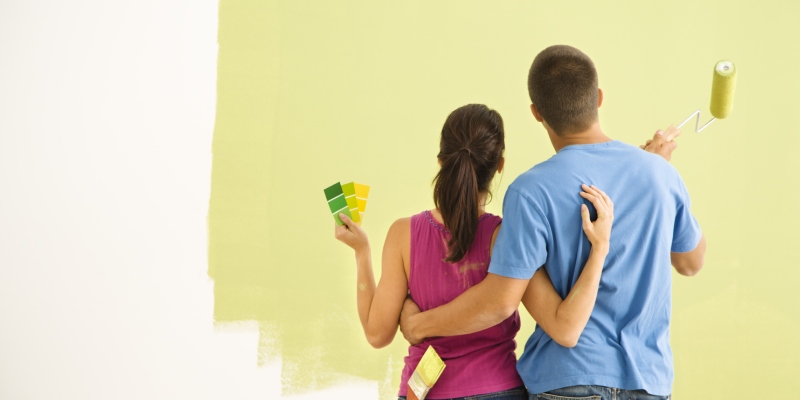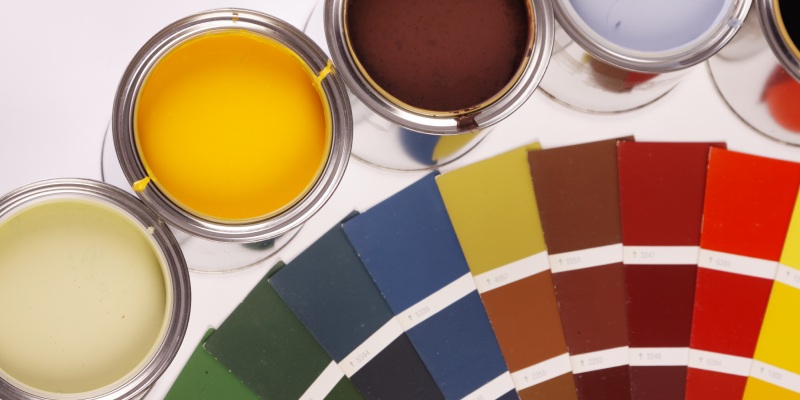STEP 1:
First thing’s first, remove any wallpaper borders you don’t want to keep up. However, keep in mind that there’s a MAJOR difference between the wallpaper texture all of the walls have, and the bordered wallpaper added on top of that. The interior walls of your motorhome are likely made of some sort of luan plywood that has a wallpaper texture adhered to them which is NOT removable, at least as far as I know. We just painted over ours using the steps below.
This seems to be the case in most RV’s and campers, but I’ve seen some with wallpapered accent walls, so I would just look closely before attempting to pry it off. We removed the borders, but not the actual “wallpaper” that’s adhered to the walls of the RV — you don’t want to try and tear that off. This is why bonding primer comes in handy, but we’ll get to that in a minute. You can read about how we removed the wallpaper borders her.
STEP 2:
If you haven’t done so already, make sure you’ve removed anything you don’t want to be painted, like outlet covers and tape around edges you don’t want to be painted, such as window frames (we may or may not have done this, but it wasn’t anything a magic eraser or rubbing alcohol couldn’t take care of).
Don’t forget to cover the flooring with tarps, or any furniture you don’t want to accidentally splatter with paint.
STEP 3:
Lightly sand the walls. I don’t know if this step is all that necessary, especially if using a degreaser, but it certainly doesn’t hurt. At the very least you want to make sure the walls don’t have any imperfections and scuff sanding can help even this out.
Don’t overthink this. I just went around and lightly sanded down the walls in our RV with a few swipes of 120 grit sandpaper.
STEP 4:
Next, you’ll want to clean the walls with a degreaser to prepare them for paint. The most popular option for this seems to be TSP or TSP substitute, which is a degreaser and cleaning agent often used to prep walls before painting.
STEP 5:
Once your walls are clean and dry it’s time to prime. We used a leftover low-VOC Kilz primer, but it’s recommended you use a bonding primer.
Tip: Before you choose the type of primer to use, you’ll need to decide if you’ll be using an oil or water-based paint. While you can generally use a water-based paint over an oil-based primer, you don’t want to apply oil-based paint over a water-based primer. To keep it simple, a good rule of thumb is to stick to either water or oil-based primer and paints. For the best results, follow the manufacturer instructions and guidelines provided on the primer and paint purchased.
STEP 6:
It’s finally time to paint, yay! If you’re using a darker color you may only need one coat.
Side note: If you plan to paint your walls white you may want to consider painting your ceiling white as well. Once our walls and cabinets were painted it looked like our ceiling, which seemed white before, now looked more beige. So we painted the ceiling using the same steps as above, and it made a HUGE difference in brightening up the space!









Leave a Reply